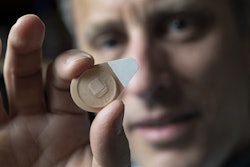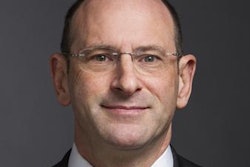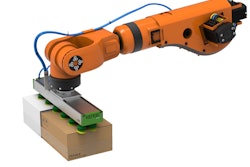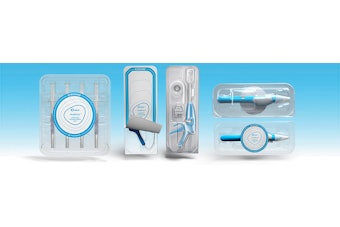Looking back at 2018, Healthcare Packaging readers’ interest ranged from x to y. Here’s a look at the Top 10 most-read stories from the past year:
1. Hospital Takes Aim at Plastic Recycling
Can the healthcare industry really recycle? One hospital’s journey is showing that with concerted effort, it is possible. But it requires stakeholder cooperation.
2. Sanofi Recharges Nasacort With Package Redesign
Modernized structural and graphical design includes bolder colors, a window that lets consumers see product, and eliminates the need for an outer carton.
3. Inhaler Device, Packaging Win iF Design Award
Expected to be launched commercially in Europe this year, Mundipharma’s k-haler device uses a patented dosing valve and “book-like” carton to help patients use their inhaler more effectively and improve health outcomes.
4. Cannabis Packaging: Supplier’s Perspective
What does the cannabis market look like from those who supply packaging and machines? We asked a few to weigh in.
5. UNC Health Care System Optimizes Centralized Pharmacy Operations
Inventory management software and high-density carousels increase pharmacy automation and workflow.
6. Q&A: Medical Cannabis Packaging Design
High-end material choices collide with child-resistant closures and packaging. From nasal sprays to triangular cartons, a designer talks choices and compliance challenges.
7. 3PL Turns to Automation to Offset Workforce Shortages
Faced with a declining pool of warehouse workers and a rapidly expanding e-commerce business, third-party logistics provider ODW relies more on automated packing equipment.
8. Buffalo Pharmacies Addresses Medication Adherence
Independent community pharmacy offers multi-med blister card packaging that helps patients, caregivers and pharmacists manage complex medication regimens.
9. Contamination Prompts Voluntary Valsartan Recall
Manufacturing changes at China facility believed to be the source of the NDMA impurity—an issue that could trace back to 2012.
10. Heroes Wanted
How one company’s innovative instructions, packaging and training videos are redefining “first responder” by enabling bystanders to help in emergencies and mass casualty situations.






















